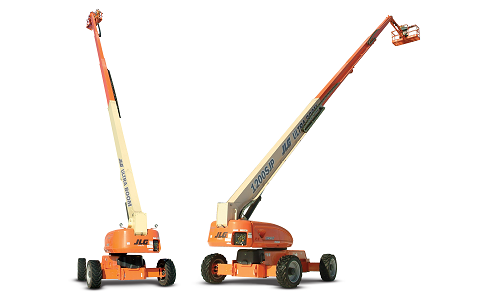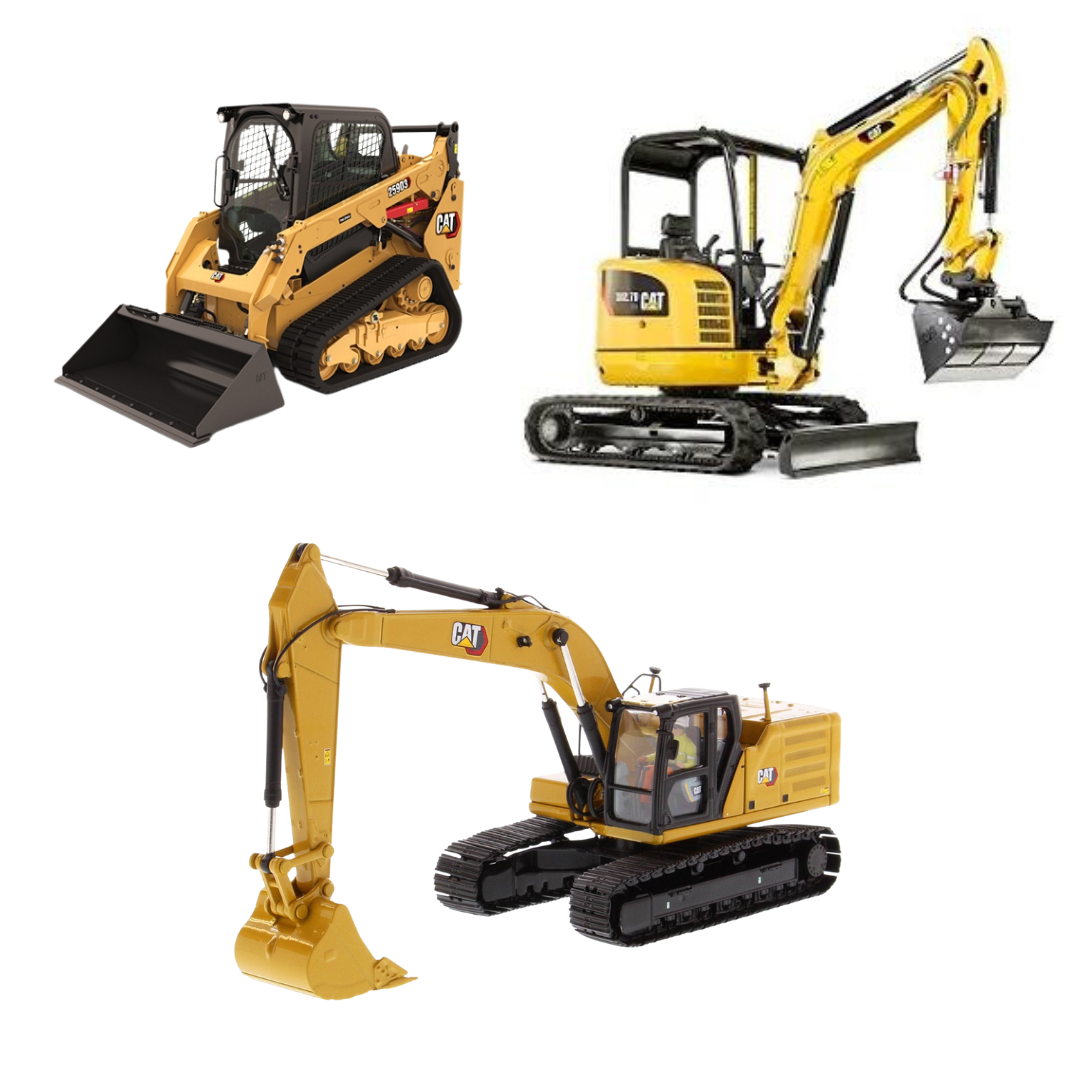Maximize Your Budget by Understanding the Prices Related To Building And Construction Devices Rentals
Understanding the complete range of expenses associated with construction tools leasings is important for maximizing your budget. While the first rental charge may seem simple, numerous added costs-- such as transportation, fuel surcharges, and upkeep-- can promptly collect, affecting your monetary planning. Moreover, knowing different charges and the details of rental contracts can help prevent unexpected economic concerns. What techniques can be employed to successfully handle these costs and make certain a more effective rental experience?
Summary of Rental Costs
When taking into consideration building equipment services, understanding the linked expenses is paramount for reliable budgeting and job preparation. Rental expenses can vary significantly based upon a number of variables, including tools type, period of rental, and area. The initial rental cost frequently mirrors the equipment's market need and its associated functional capacities, influencing the total expense.
In enhancement to the base rental price, supplementary prices may emerge, such as transportation costs, fuel additional charges, and maintenance fees. It is necessary to represent these additional expenditures to accurately examine the total expense of renting tools. The rental duration can impact rates; longer leasings might certify for affordable rates, while short-term leasings might sustain higher day-to-day charges.

Breakdown of Rental Rates
An extensive understanding of rental rates is necessary for contractors and project managers intending to maximize their budgets. Rental prices for construction equipment commonly include several components, including base prices, time-based charges, and usage fees.
Base rates are the core costs associated with the rental of the devices, usually identified by the kind and dimension of the machinery. These prices can differ dramatically, influenced by elements such as devices need, schedule, and regional market trends. Time-based charges, which might be daily, weekly, or monthly, offer to suit different project timelines and rental durations.
In addition, rental prices may include usage costs, which apply when devices is utilized past a specified threshold, ensuring that the rental firm can make up damage. Seasonal demand fluctuations can likewise impact rental rates, with peak construction seasons typically regulating higher prices.
Furthermore, recognizing the rental company's plans concerning upkeep and insurance coverage can provide additional insight right into the overall price structure. By assessing these components, service providers can make educated choices, guaranteeing the option of rental equipment lines up with both project demands and spending plan restrictions.
Additional Charges to Take Into Consideration
Understanding the complexities of extra costs is essential for service providers to manage their general service expenditures effectively. Beyond the typical rental rates, various auxiliary charges can substantially impact the total expense of devices rental. These charges typically consist of distribution and pickup costs, which can vary based on range and logistics associated with delivering the devices to and from the job website.
Moreover, some rental business may enforce gas surcharges if the equipment is returned with less fuel than when leased. It is additionally necessary to recognize possible cleaning fees, especially for customized tools that calls for thorough maintenance after use.

Thoroughly assessing the rental arrangement and making clear these added costs ahead of time can help professionals make sure and prevent unexpected costs that budget plans remain intact throughout the project lifecycle.
Maintenance and Repair Service Costs
Regular repair and maintenance costs are often overlooked elements that can considerably influence the general price of building and construction devices services. When leasing devices, it is crucial to think about not just the rental fees but likewise the potential costs connected with maintaining the machinery in optimum operating condition.
Many rental business consist of fundamental upkeep as part of the rental arrangement; however, a lot more unforeseen break downs or substantial repair work can cause additional expenditures. It's necessary to review the rental contract meticulously to recognize what maintenance solutions are covered and what responsibilities fall on the tenant.
Additionally, tools that is not well-maintained can cause inefficiencies at work website, possibly raising and creating hold-ups job prices. To minimize these dangers, it is suggested to conduct regular assessments and maintain open interaction with the rental supplier regarding any type of problems that arise throughout usage.
Insurance Coverage and Responsibility Expenses
Insurance coverage and obligation costs are website here crucial components that can dramatically influence the overall cost of building devices rentals (heavy equipment rental). These expenses guarantee that both the rental firm and the client are safeguarded from potential monetary losses emerging from crashes, damages, or burglary throughout the rental period

Furthermore, customers need to know any deductibles or exemptions in the insurance plan, as these can affect possible out-of-pocket costs. Comprehending the terms and conditions of any insurance protection is crucial to stay clear of unanticipated expenses. Ultimately, budgeting for insurance policy and obligation expenditures can assist make certain a smoother rental experience and safeguard against monetary threats connected with construction jobs.
Final Thought
To conclude, a thorough understanding of the costs related to construction tools leasings is necessary for reliable budget administration. By analyzing rental prices, additional costs, maintenance costs, and insurance coverage companies, demands and people can decrease unexpected expenses. This tactical technique not only improves cost-effectiveness yet additionally ensures visit the website that jobs proceed efficiently and successfully. Eventually, educated decision-making concerning devices services adds to the general success of building undertakings.
Rental costs can vary significantly based on a number of aspects, consisting of devices kind, period of service, and place (forklift rental). The rental duration can affect prices; longer leasings may qualify for discounted prices, while short-term rentals could incur greater everyday fees
By conducting complete research study and involving with reliable rental companies, contractors can properly browse the intricacies of rental prices, eventually maximizing their financial resources.
Beyond the conventional rental rates, numerous auxiliary charges can significantly influence the overall price of devices rental. Rental business frequently give liability insurance coverage that covers injuries to 3rd events or damages to home, while devices damages insurance coverage can cover the price of repair work or substitute if the leased tools is damaged.